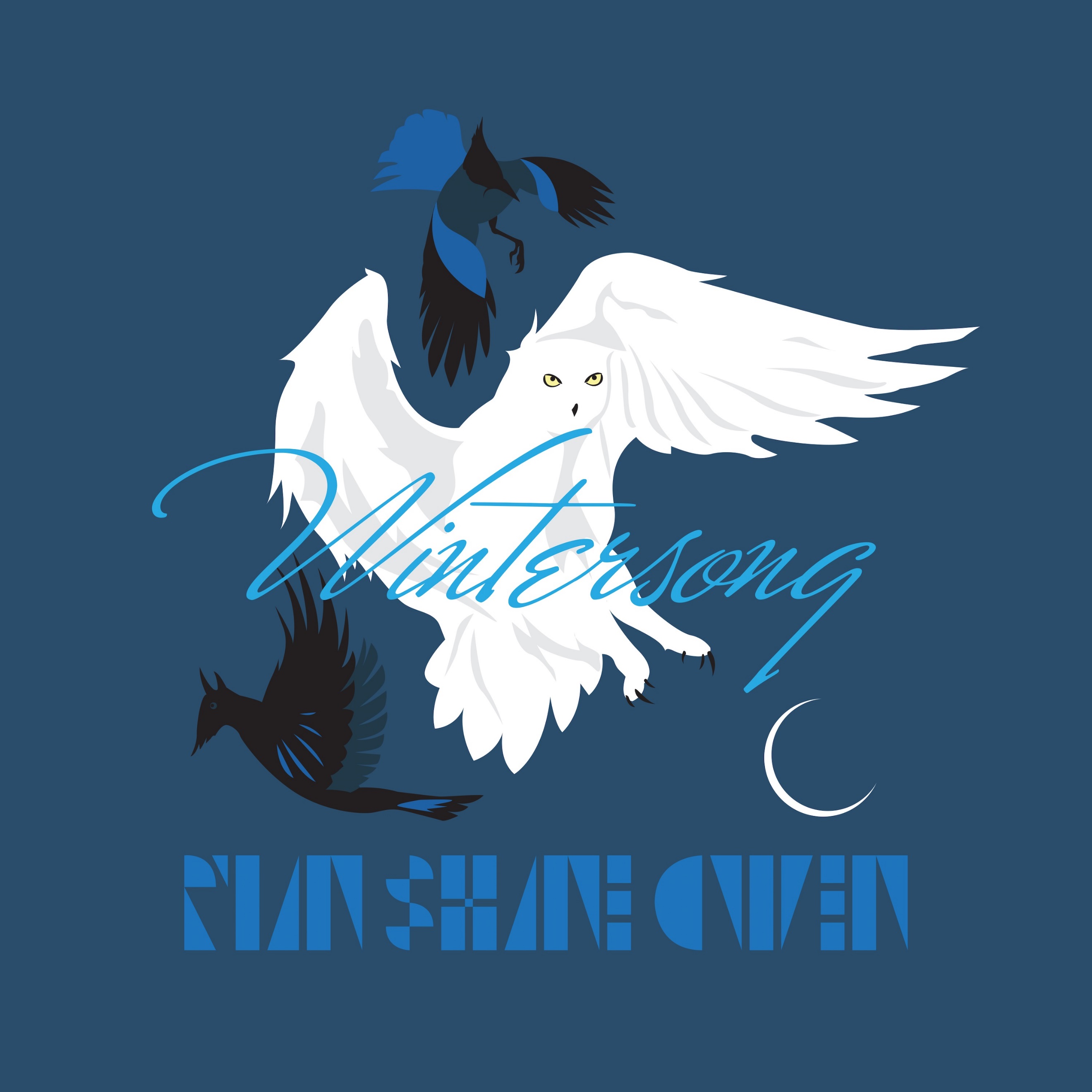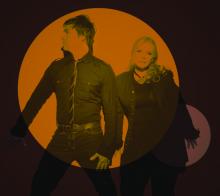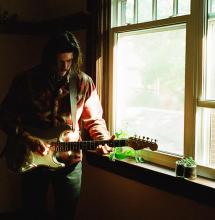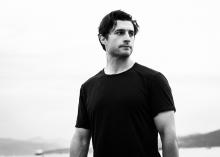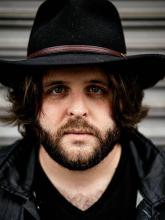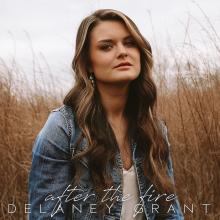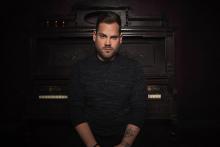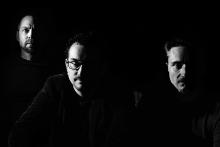After spending the last 20-plus years focused on electronic music production and songwriting with an emphasis on dance music, independent Canadian musician Ryan Shane Owen revisits his roots in classical and traditional music with his new album, Wintersong.
Listen and Watch Myfanwy on YouTube here:
Ryan turns his electronic production skills towards music from the 15th to the 19th century, adding percussion and beats to bring a modern interpretation to the multilingual album. He sings in 7 different languages on Wintersong: English, Welsh, French, Italian, German, Norwegian, and Finnish. Ethereal, atmospheric, cinematic, gothic, moody, romantic, and mystical, the album explores old territory with a fresh twist.
The album “Wintersong” opens with “Early One Morning”, a traditional English folk song that many Canadians will associate with the beloved Bob Homme, also known as The Friendly Giant, host of the magical children’s TV show that ran from 1958 to 1985 on the CBC. Ryan wanted to imbue the track with a feeling of standing on a steep alpine mountainside, hearing the song of the maiden “in the valley below”.
Ryan then presents a pair of folk songs in the enigmatic language of Wales, with the spacious “Ar Lan Y Mor” (Beside The Sea) and “Myfanwy” (pronounced Mu-van-oy, a Welsh female name) known by many as “the greatest love song ever written”. The song tells of a poor poet’s unrequited love for a beautiful noblewoman. Ryan brings a folk-country touch to the famous Welsh ballad.
Listen on Spotify here: open.spotify.com/album/2FzhKlsZdwctT6y6c4tfWJ
Moving on to one of Franz Schubert’s most famous pieces, “Ständchen (Serenade in German), this “Lied” (poetry set to music) from 1826 is just as popular in classical music as an instrumental, commonly performed on piano or string instruments. It was written to a poem by Ludwig Rellstab. It is referred to by many as “Schwanengesang” (Swan Song), but that is actually the title of the collection of 14 songs which it is from.
Ryan then moves on to two French pieces, “Belle Ô Nuit, O Nuit d’Amour”, popularly known as “Barcarolle” from the opera The Tales Of Hoffman (1881) by Jaques Offenbach. The dreamy waltz tells of a beautiful night of love, while the classic “Plaisir d’Amour” laments that “the pleasure of love lasts a moment, but the pain of love lasts a lifetime”. The song dates all the way back to 1784, and has been recorded by countless classical and contemporary musicians from Joan Baez and Nana Mouskouri to Marianne Faithfull and Nick Drake.
Italian is next up on the album, with Ryan’s version of “Lascia Ch’io Pianga” (Let Me Weep) a song dripping with baroque drama and splendor by G. F. Handel from the opera “Rinaldo”, written in 1711. Ryan then moves on to “Caro Mio Ben”(Thou, All My Bliss), a stately Arietta by Tomasso Giordani likely from around the year 1783.
Ryan returns to English with the traditional American folk song “Shenandoah”, which dates back to the fur traders of Canada and the USA, known as “voyageurs”. It references the Missouri River they travelled up and down by canoe in the 1800s. Shenandoah was the name of an Iroquois chief who lived in New York State. It then became a sea shanty sung commonly by sailors and has since been covered by artists from Pete Seeger and Bob Dylan to Bruce Springsteen and Tom Waits.
Next, the Wintersong journey takes us far to the north with “Finlandia” the famous “tone poem” by Jean Sibelius. Originally an instrumental, it has had numerous different lyrics set to its plaintive, haunting melody, the most well-known being the Christian hymn “Be Still, My Soul”. Sibelius wrote the piece in protest against the censorship of the Russian Empire, and thus it had to be performed covertly under various alternate titles. It is considered now by many to be the unofficial national anthem of Finland. Ryan imagines a cinematic interpretation full of wind and ice, with the distant call of a tribal choir and drums ringing across the snowy landscape.
Ryan ventures westward into Scandinavia next, with a Bjork-inspired take on “Solveig’s Song” by the great Norwegian composer Edvard Grieg. The song is from the play Peer Gynt by Henrik Ibsen, which Grieg wrote the music for, including “In The Hall of the Mountain King”, and “Morning Mood”, some of the most familiar pieces of classical music. Ryan adds a playful touch with some heavier percussion and bass that invokes the mystical, mysterious journey of the play.
The Elfin Knight sneaks up on us next, in one of the historically oldest songs on the album, dating back to the 1600s. Actually the earliest-known version of “Scarborough Fair”(the most modern incarnation made famous by Simon and Garfunkel), the song describes the impossible tasks requested by the suitor/antagonist. Ryan adds an organic rhythmic touch with a drum n’ bass feel to the ominous chant in a world full of elves and fairies.
Ryan brings us his version of the ubiquitous “Greensleeves” next, which dates all the way back to the 1500s, and was falsely rumoured to have been written by King Henry the 8th for Anne Boleyn. This was just a myth however, it likely dates to an Elizabethan origin, and its melody was later used for the Christmas carol “What Child Is This?”. Ryan builds the song into a brooding, harpsichord-laden expression of the indignation of spurned love.
Wintersong ends with a buoyant “Loch Lomond”, skipping across the rocky cliffs of the Scottish countryside. Rich with the legends of Celtic culture, it is one of the most familiar melodies of folk music, as “Ye take the high road, and I’ll take the low road, and I’ll be in Scotland before ye” challenges the listener to “meet again” on a journey across time, language and culture.



